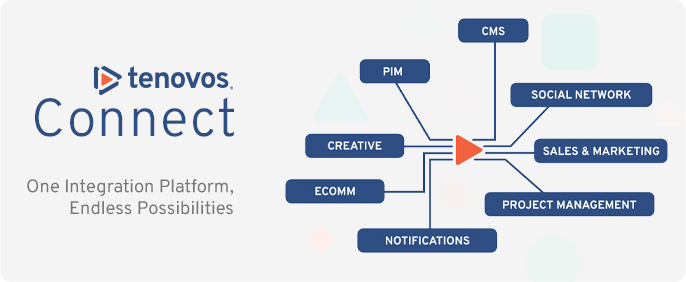It’s impossible to avoid the buzz around artificial intelligence (AI) in all its forms. It’s everywhere with its promise to help and hinder humans equally.
One form of AI that has garnered significant interest, mainly due to its visual nature, is generative AI. With the ability to produce diverse content types such as text, imagery, video, and audio, generative AI has opened up new avenues for creative expression and content generation. However, with its promise of convenience and efficiency, generative AI raises important questions regarding rights and licensing, which content creators and brands must understand and address.

What is Generative AI?
Generative AI, also known as creative AI or deep learning AI, encompasses algorithms and models trained on vast amounts of data to generate new content based on user inputs. Unlike traditional AI models that rely on predefined rules and logic, generative AI can create novel outputs by learning patterns and correlations from the data it has been trained on. Using generative AI, users can leverage the power of algorithms to produce content that aligns with their specific requirements and preferences.
For example, I asked Bria.AI to modify the background on this image of Ruby (the unofficial Tenovos pup) to include many dog treats. The process took seconds and didn’t require any skills (which is good as I don’t have any) or access to a creative suite.



So all is good, right?
Not quite. What if I published the image of Ruby (above) on my website but didn’t own the rights to the images of those dog treats?
The ability to quickly spin up product and marketing content using generative AI appeals to brands under pressure to create more content than ever before (who saw Threads coming?!). The challenge, however, is that the AI needs to follow the same guidelines your creative teams do regarding licensing and rights management associated with new content.
Licensing and Rights Management
Despite the undeniable benefits of generative AI, the technology introduces several challenges in the realm of rights and licensing. When using generative AI to create or modify content, it’s crucial to consider the legal implications surrounding intellectual property rights, copyright, and licensing agreements. An oversight in understanding and addressing these issues can lead to legal disputes, reputational damage, and potential financial liabilities for individuals and organizations.
Ownership and Attribution
One of the primary concerns is ensuring that the generated content doesn’t infringe upon the rights of others. For instance, if you are NOT feeding generative AI with existing images or assets, it’s essential to verify that you understand and can obtain the rights and permissions for whatever source content it’s leveraging to create the new imagery.
Understanding the Source Data
To address the licensing challenges associated with generative AI, it is important to have a clear understanding of the source data used to train the models. Generative AI models are typically trained on vast amounts of data, including publicly available information, creative commons-licensed content, or proprietary datasets. When creating content, it’s essential to let approvers or legal teams know when Generative AI was used and the origins of any training data, and associated rights or licensing restrictions that may apply. Or, use an AI tool that will only source from pre-approved content.
Implementing Rights Management in DAM Systems
Digital Asset Management (DAM) systems are crucial in managing and organizing digital assets within organizations. When integrating generative AI into DAM workflows, it is essential to incorporate robust rights management capabilities. By leveraging a DAM system that supports metadata tagging, licensing information, and rights management workflows, users can ensure that all relevant rights and permissions associated with the assets used by generative AI are accounted for and adhered to.
At Tenovos, we recognize the importance of addressing the rights and licensing challenges of using generative AI. Our DAM solution is designed to empower creative teams to leverage the productivity gains offered by AI while mitigating legal risks. Within the Tenovos platform, users can seamlessly utilize their existing asset libraries or tap into stock image repositories as inspiration for generative AI. With instant access to licensing and rights information for the assets involved in the AI-generated content, potential risks can be identified and addressed through automated workflows, minimizing the chance of human error.
Conclusion
Generative AI presents immense possibilities for content creation, enabling brands and creative teams to produce high-quality media content at scale. However, understanding and managing the rights and licensing aspects associated with generative AI is paramount. By adopting a comprehensive DAM solution that integrates rights management capabilities, organizations can leverage generative AI while ensuring compliance with intellectual property rights, licensing agreements, and copyright laws.
As the AI landscape continues to evolve, content creators and brands must establish a solid foundation that embraces the potential of generative AI while safeguarding their brand reputation and legal standing.
To learn more about how Tenovos can help you harness the power of generative AI while effectively managing rights and licensing, visit tenovos.com/demo









